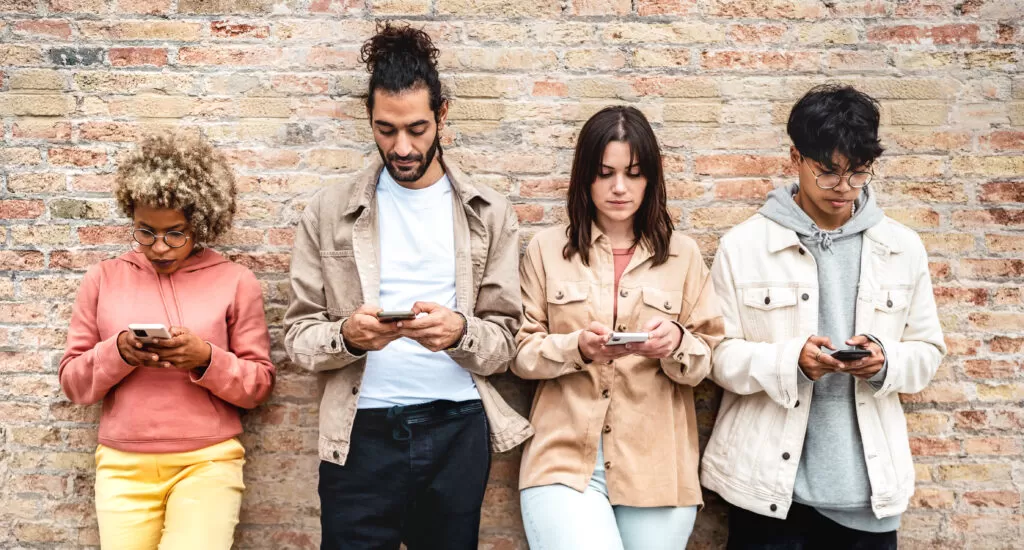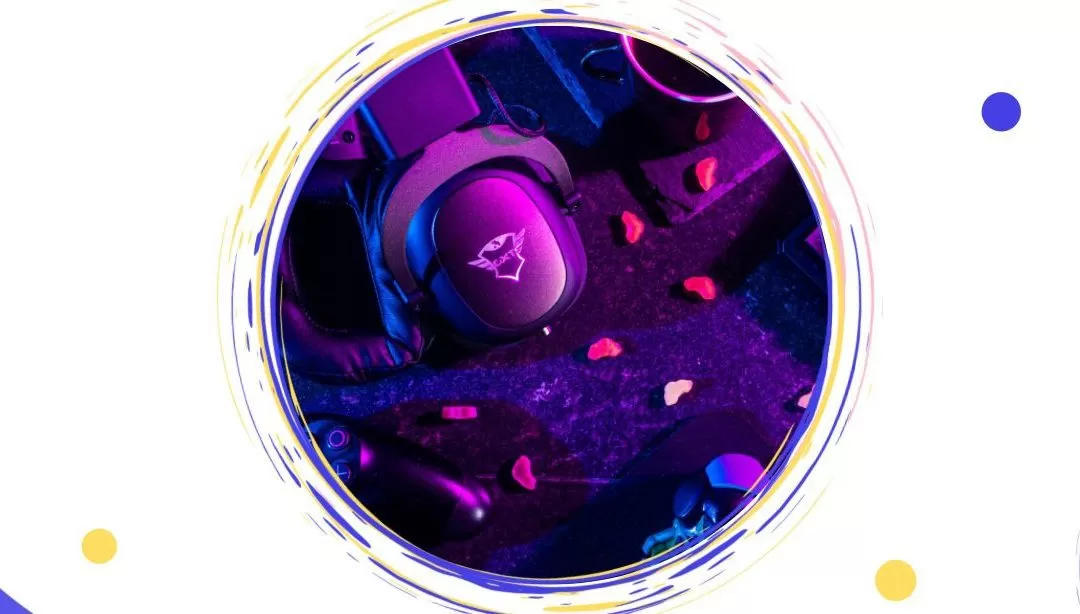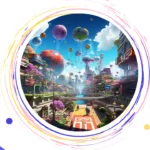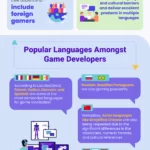The success of an app depends almost always on its global success. In fact, it’s based on a huge community of players, who can be quite challenging. An important part of a game’s success is to have high-quality video game localization. They can make or break a game’s reputation. And game translation is more difficult than you think.
During your internationalization effort, you’ll face challenges that are hard to overcome. But eventually, your players will love you for offering a great game version of their language.
So, what does it take for a game to be found worthy of today’s most savvy players? And which video game translation best practices will help you create an immersive gaming experience for your target audience?
Read on to find out the game localization best practices for game translation to take it to the next level. If you’re interested in best practices to localize marketing content, check out our recent post.
Table of contents
- Best Practices For Game Localization
- Pre-production
- Video Game Localization
- Video Game Localization Process
- Understand the culture of your target market
- Complete all pre-production work
- Test and collect feedback
- Efficient time management
- Final Words
Best Practices For Game Localization
Pre-production
Before starting your game translation project, there are quite a few questions to ask (and answer). You also should only start making up your mind about game translation if your project is actually ready. That means you will need to check a couple of items, such as:
- Get all information that will lead to accurate and high-quality translation and prepare a localization kit
- Set up the game localization best practices in your process workflow.
- Set the project management structure and define the communication protocols
- Adopt a realistic budget for your translation project
- Prepare for the next steps following translation and learn how to handle the QA issues that might come up

Video Game Translation
Translating video games from one language to another means more than just copy and paste. You have to be really careful about small details, like translating phrases or sayings into the new target language. You also have to make sure that any audio, text, or pictures are translated too.
Video Game Translation Process
Generally, the process of localization involves the following:
- Translation. It means studying the style guides and specific glossaries, learning the context, and translating the text and audio files. This stage also includes editing, proofreading, and quality checking and/or testing. A localization team does that.
- Quality assurance. Proofreading is checking all your text to make sure there are no spelling or game localization mistakes. You’ll also check any audio files you have to make sure they sound good.
- Resource Files conversions. When the quality assurance processes are done, the translated files are converted to the original file formats. Translated text files are copied into the code.
- LQA testing. We’re not done yet. To make sure the translated material and coding work well, an expert needs to check the translations in-game. This also involves testing functionality, visual quality, and if there are any unlocalized strings.
If you want to work in the video game industry, then you have to follow these best practices for localization for video games.
Make sure the localized version is top-notch. To do that, you need professional translators who know how to use cultural references and regional dialects and apply them rightly.

Understand the culture of your target market
Without a doubt, you must research the culture and the gaming market where you want to expand. In fact, knowing how people think and feel is important. Some points are:
- History — It can be risky to make something up about a country. If you get the facts wrong, people might not like it, and it could cause problems.
- Religion — Using religious symbols can cause people to get offended. If you use them wrong, it could have awful consequences.
- Ethnicity — Be inclusive, as people from cultures without representation might not want to play it. Also, racism of any kind is highly contentious and needs to be avoided at all costs.
- Misogyny — Negatively representing women will cause major backlashes with your gaming community.
- Politics — some countries prohibit media from depicting boundaries that conflict with local government.
When you start game translation, be sure to work with the author, game developers, and professional translators. This will help everyone get great results!
Complete all pre-production work
To find out if you’re ready for game translation, make a list and use it to:
- complete pre-production tasks, including choosing languages for localization,
- create a budget for translation services,
- set the project workflow,
- test in target markets, and
- other pre-production work.

Test and collect feedback
First, make sure you have ways for people to share feedback. That can be either through social media or talking to a customer service person. Next, keep a feedback loop and change things whenever they’re needed.
Efficient time management
When you do translations and video game translation projects, it’s really important to plan them out. If you rush things or don’t prepare properly, then your work will have errors and won’t be very good. Time management skills can make the difference between average and AAA.
Some other aspects you should keep in mind when you want to localize your game in multiple languages:
- Find and fix potential translation problems in the design and development process as early as possible.
- Write source code in a way that lets your team translate with minimal rewriting.
- Leave space for translated strings to have a larger space than the original text.
- Hire native testers to play your translated version to discover cultural issues.
- Ensure your app meets all national and local government constraints and does not affect cultural sensitivities.
- Give translators a good understanding of context. Leave notes in text strings to help translators understand their use in the game.
- Give translators elements that make it easier for them to understand the context.
- Limit variables you use in coding to a number or a single word.
- Set up a system for tracking poor localization mistakes or changes to the source coding text. It prevents duplication in ordering strings and avoids difficulties in integrating translated strings into the game. This can be especially important when releasing frequent updates with added video game content.
Final Words
When you’re translating, it’s really important to make sure that the translation is of high quality. That way, more people will be able to enjoy it and not just those who speak English. It should also help you get new players and avoid a lot of other problems like PR disasters and brand damage.
In order to make an awesome video game translation, it really helps to work together with the developers and language experts. The best way is to use localization best practices, which make your quality better, reduce mistakes, and save you money in the long term.






